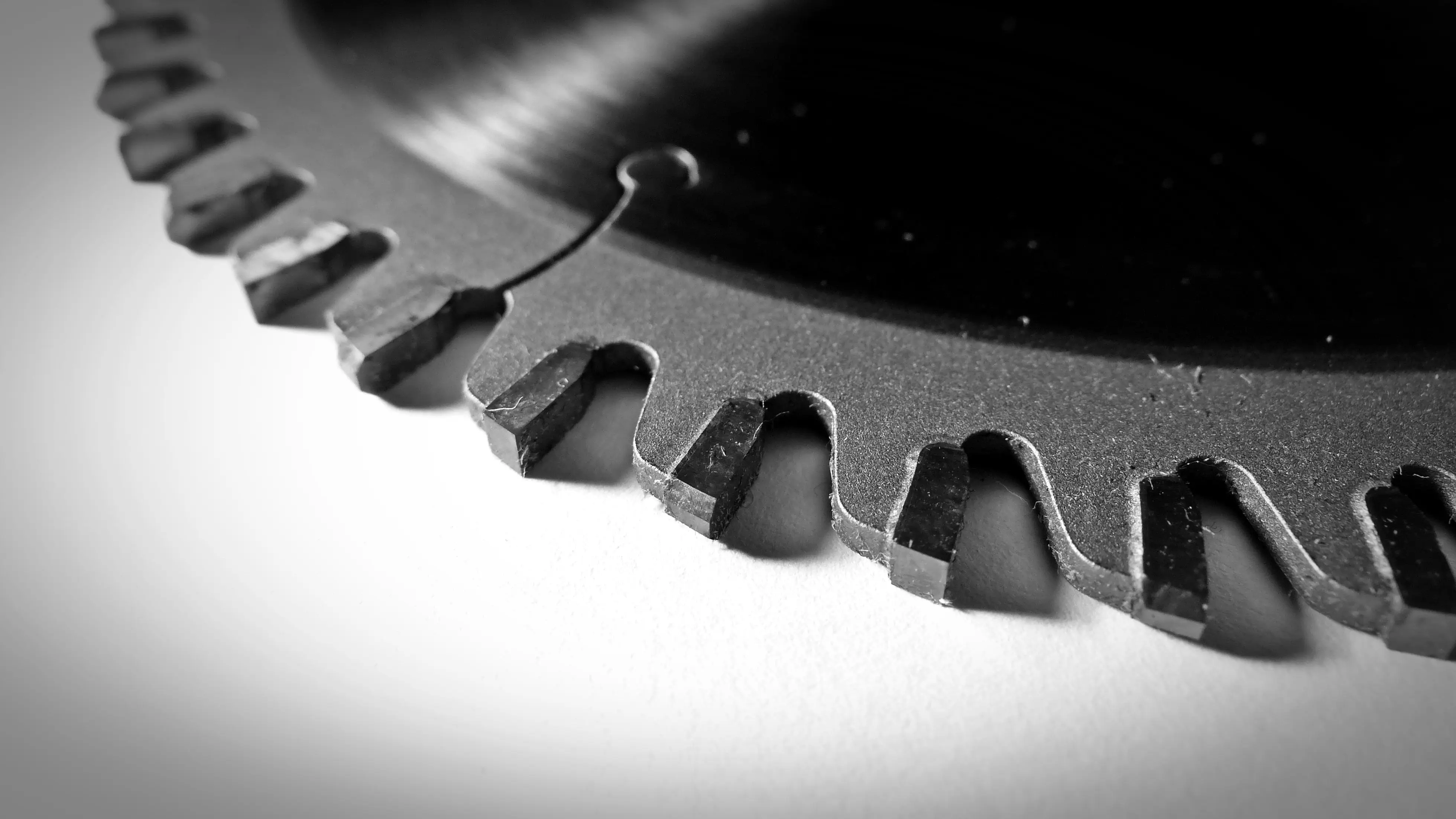- Home
- Industries
- Metal tools
Metal tools
Efficient, Reliable, and Sustainable Production for Cutting and Forming Tools
CEIA USA delivers advanced induction heating systems engineered for metal tool manufacturing, offering precision, repeatability, and efficiency. From brazing and hardening to annealing and tempering, our systems optimize the quality, strength, and performance of every tool produced.
Request a Consultation to discover how CEIA USA can improve your tool manufacturing efficiency and sustainability.

Powering the Metal Tool Industry with Induction Heating
Brazing and Joining for High-Performance Tools
CEIA USA’s induction brazing solutions provide consistent, oxidation-free joints for carbide, steel, and high-speed tool components. Our systems ensure repeatable quality and precise temperature control ideal for cutting inserts, drill bits, saw blades, and forming dies.
Surface Hardening for Durability and Wear Resistance
Precision surface hardening enhances the lifespan of tools subject to high friction and impact. CEIA USA systems deliver controlled heating and cooling, improving fatigue resistance, edge retention, and structural integrity across cutting, forming, and stamping tools.
Annealing and Stress Relieving for Structural Balance
For tools that require flexibility and strength balance, induction annealing and stress relieving deliver uniform results. These processes help eliminate residual stress after machining, improving machinability, stability, and longevity.
Tempering and Heat Treatment for Performance Stability
Controlled induction tempering and heat treatment refine hardness and toughness in high-speed steels and alloys. CEIA USA’s precision systems ensure repeatable results across production batches, supporting consistent tool quality and reduced scrap rates.
Key Metal Tool Applications
Application |
Common Components |
Benefits |
| Brazing | Cutting inserts, carbide tips, saw blades | Clean, strong, repeatable joints |
| Surface Hardening | Punches, dies, cutting edges | Increased wear resistance and lifespan |
| Annealing | Tool blanks, drill bits, cutting bars | Reduced stress and improved machinability |
| Tempering | High-speed steel tools | Stable hardness, fatigue resistance |
| Shrink Fitting | Inserts, holders, mandrels | Tight, precise fits for high-speed rotation |
Partner With CEIA USA for Precision Tool Manufacturing
From brazing carbide tips to hardening dies and cutting tools, CEIA USA’s induction heating technology ensures precision, performance, and sustainability at every stage of tool production.
CEIA USA Expertise in Metal Tool Induction Heating
For over 40 years, CEIA USA has delivered industrial-grade induction heating systems trusted by tool manufacturers worldwide. Our technology ensures consistent heat delivery, real-time temperature monitoring, and closed-loop control for precision manufacturing environments.
Our Capabilities Include:
- Custom coil designs for complex tool geometries
- Real-time temperature monitoring and data logging
- Integration with Industry 4.0 smart manufacturing systems
Experience and Authority
CEIA USA partners with leading tooling and die manufacturers, offering application-specific expertise in carbide brazing, surface hardening, and precision heat control. Our engineers collaborate directly with clients to develop efficient and sustainable processes that meet the highest industry standards.
Sustainable and Energy-Efficient Manufacturing
Induction heating enables sustainable manufacturing for the metal tools industry by reducing energy waste and eliminating open flames. CEIA USA systems contribute to a cleaner, safer, and more efficient production process.
Sustainability Benefits:
- Up to 50% less energy use compared to conventional furnaces
- No open flame or combustion emissions
- Reduced oxidation and improved air quality
- Lower operational and maintenance costs
By implementing CEIA USA’s induction systems, manufacturers gain an edge in eco-friendly production, product quality, and cost efficiency.
Free Application Analysis

Complimentary sample testing

Fast Quotes
